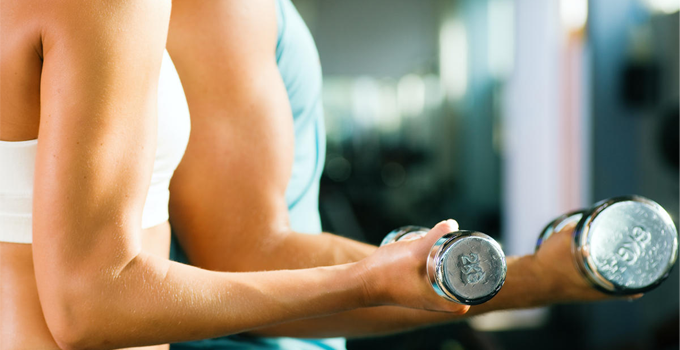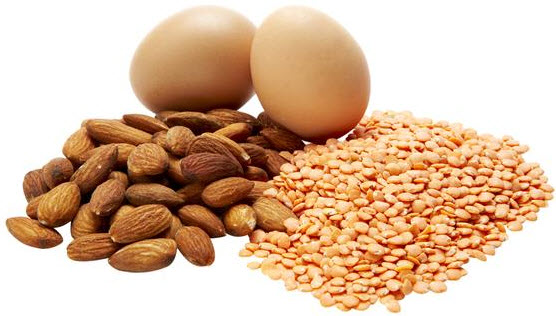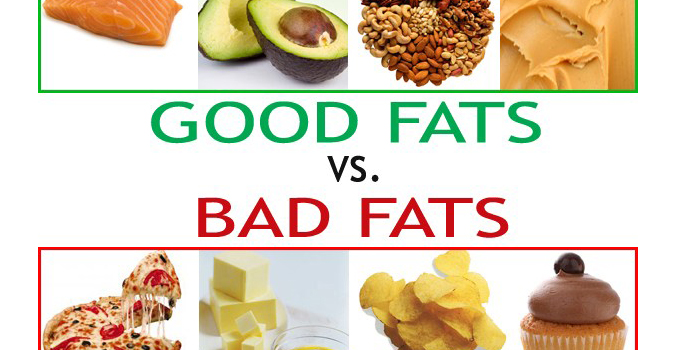How often have we asked this question of which work out is the best for me? How many of us have this myth that gyms workouts are specific to genders? Many of us do. Many a myth abounds regarding workouts and what is good for me and what is not?
It was a while before my friend and her husband decided to join the gym. I helped the couple with their Gym shopping such as shoes, water bottle, gym apparels, gym bag etc. And therefore all the more curious to know how was their first day at the Gym?
But, unfortunately, my friend’s first-day experience at the gym was very disappointing as was felt from her facial expressions. She was totally dissatisfied with her workout. Her first question to me was: “Hey I want to get in shape and lose this damn belly. I don’t want to look muscular”.
When did I ask her what had happened and what was the reason for her disappointment? She told me the reason and I burst into a laugh. But, on second thoughts I was not surprised hearing her reason. Most women gym goers are of the impression that they have special needs and that if they trained in a similar way as a man did, then they would start looking muscular like a guy
I calmed her down and explained how this was not true and that there is nothing called gender specific workouts. This whole concept of gender-specific workouts is an inbuilt inhibition of our own self. Physiologically speaking, women don’t need different workout plans. The reason being women do not have testosterone hormone which is responsible for building up massive muscles. Hence lifting heavier weights will not lead to building huge muscles unless you are supplementing it with additional testosterone.
Secondly, women tend to develop muscles at about half the rate at which men do. Therefore women who either altogether avoid lifting weights or only lift very light dumbbells for a high number of repetitions should stop having thoughts about developing huge muscles overnight.
The determination to work out or exercise on a regular basis is not about man vs. woman. It varies from individual to individual and what each person needs to be based on their body type and fitness levels.
One should make sure that you do not let anyone tell you what to do and what not to do. If you ever have a doubt you should speak to your personal trainer or coach. Your determining factor should be whether or not it is for you based on many over factors way beyond that.
The only time when a possible change in workouts may come about is during pre and post pregnancy or due to other medical conditions and advised by the doctor
Thus, safely we can conclude, both men and women need to apply the same general principles of weight training for improved fat burning and body toning, cardio for keeping the heart healthy, proper diet and enough rest to ensure overtraining doesn’t set in.







